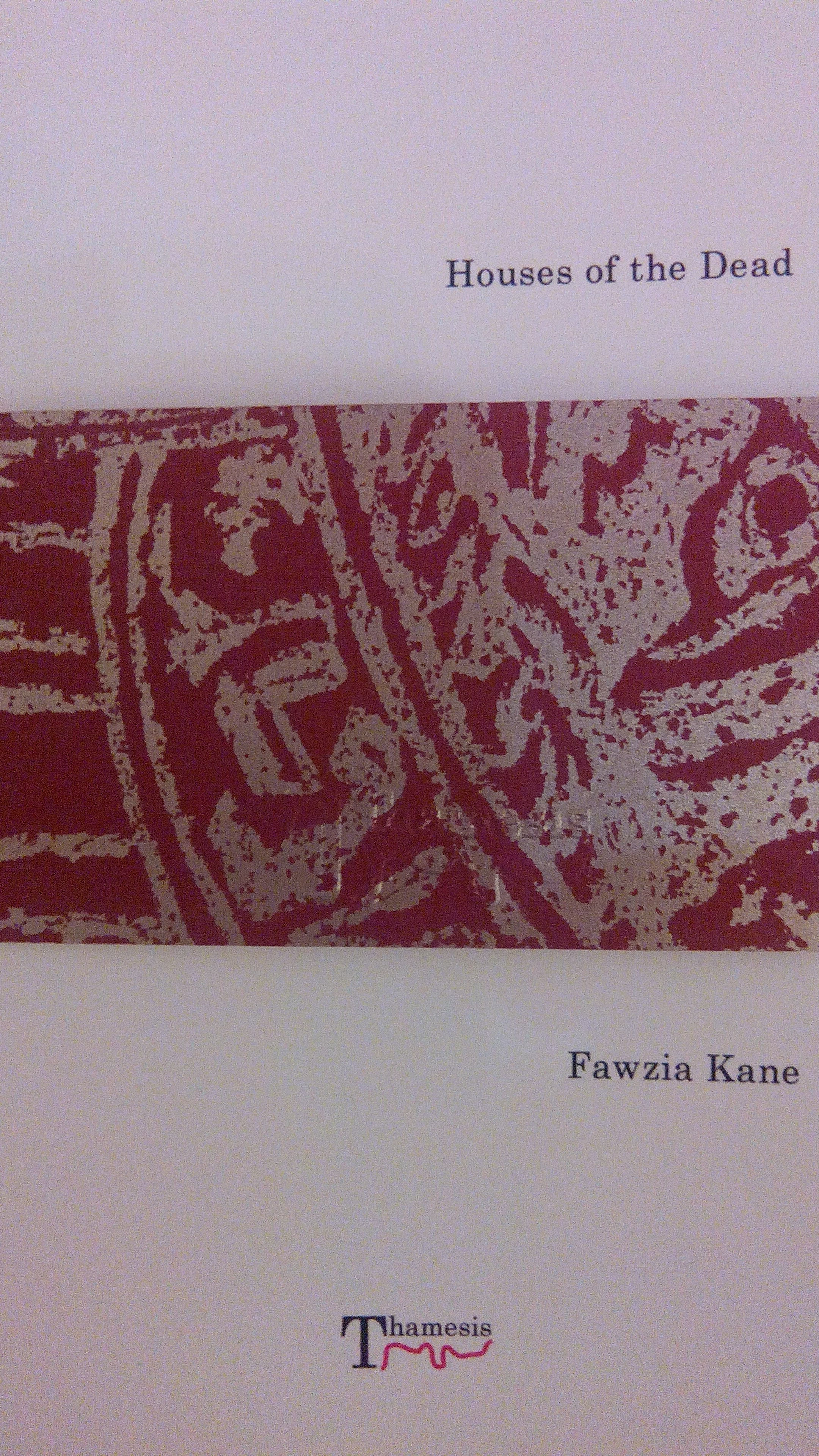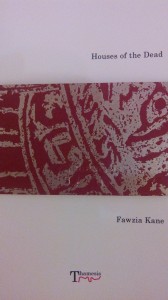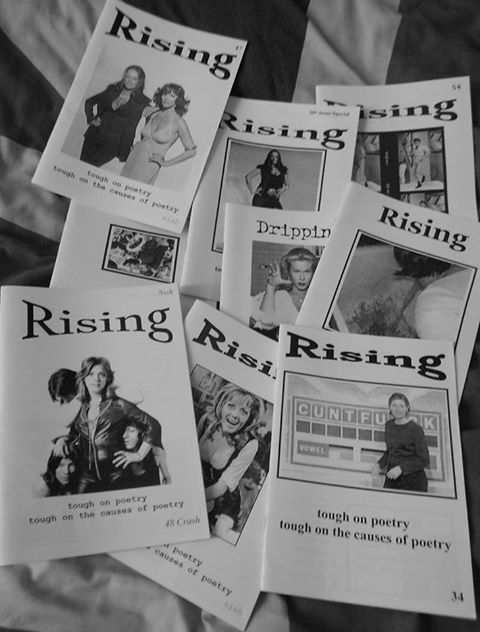Houses of the Dead by Fawzia Kane
-Reviewed by David Clarke–
Fawzia Kane’s pamphlet Houses of the Dead is the first publication by newly founded press Thamesis. The pamphlet is constructed of a series of poems about real and imagined houses whose occupant is now deceased. These are then intercalated with photographs taken by the author (mainly of dilapidated buildings) and short prose poems describing the point of view of a ‘surveyor’. The complexity of the pamphlet’s structure has the virtue of making it feel like a whole piece of work, as opposed a series of poems which happen to be by the same writer. This thoughtful use of the pamphlet form certainly encourages a reception of the work as a totality, as opposed to a detailed analysis of only some of its poems. Even after careful reading, however, the pamphlet’s various elements, and their relationship to each other, remain rather enigmatic, to the point (at some moments) of becoming almost like an extended riddle.
The opening prose poem ‘Preliminaries’ seems both to stand outside of the collection and present itself as an introduction, yet its theme is elusive: the reader is invited to consider ‘the grey men whose faces we cannot see’ in a crowd, who are ‘not the ones who build’ and yet whose ‘blessings’ we depend upon if we are to ‘possess’ anything at all. Kane is herself an architect by profession, and it is tempting to solve this riddle by identifying the ‘grey men’ as architects. They could perhaps also be poets, who ‘see too much of us’ and hone their skill ‘by years or tracing the inside of our masks’. It is typical of Kane’s work here that the answer to the puzzle cannot be definitively identified, and this is both a strength and also a weakness of the pamphlet as a whole.
Like that of the figures of the ‘grey men’ in the opening text, the ‘surveyor’, whose perspective is rendered in five prose poems interspersed throughout the book, could be taken as an alter ego for the poet. He or she is an observer and chronicler of each house described, exploring the ‘traces and hints’ which they contain, but is as much in thrall to memories of his or her own past as to the spaces explored in the various houses in the sequence; although, it must be said, it is never quite clear what these memories pertain to specifically.
The other poems all take as their subject a specific dwelling, which is attributed to an individual by reference to their occupation (e.g. ‘House of the Sculptor’, ‘House of the Actor of Mystery Plays’). Each poem begins, then, with a conceit, asking what kind of fantastical house such a person would live in. In some cases (for example, ‘House of the Man Who Was Like One of his Specimens’) notes at the back of the pamphlet tell us that a real individual is meant, in this case Charles Darwin at Down House. The houses, because empty of people, are evoked largely through reference to surface detail. These are mostly spare and often matter-of-fact, as in prose poem ‘House of the Architect Priest’:
so, you will find everything in its raw state. Walls are smeared with cement, metalwork is unground, welds remain as hardened drops.
This language might be attributable to the surveyor whose voice we hear throughout the pamphlet, appearing to strive for objectivity in a context in which a ghostly presence (that of the former occupant) is being invoked by the poem’s title. This creates an uncanny effect, as if the reader (or perhaps even prospective buyer?) is being shown around normal-seeming houses, yet keeps catching a glimpse of something disturbing flitting across the corner of her eye. This is made explicit in ‘House of the Doppelganger’, where spectral sounds of ‘a child’s / running steps along the dado, into the door’ are heard.
This is, then, an intriguing piece of work, to say the least. However, re-reading the pamphlet, I found myself increasingly asking what it all added up to. In the case of the aforementioned poem about Darwin and Down House, the surface description manages neatly to coordinate a number of themes, and is particular pointed in its juxtaposition of the killing that was necessary to produce Darwin’s specimens with the purpose of his work: I was reminded of the irony that, although Darwin produced a theory of life, this was at the cost of his own religious faith, and therefore of his faith in eternal life. It is not so much that these themes are broached directly, but that the poem creates an atmosphere, like the interior of the house it describes, where they are brought to mind; or rather, where the poet gives the reader the space for them to come to mind. Another of the more successful pieces, ‘House of the Penitent Bookseller’, wittily asks us to imagine a bookseller now regretful at the deaths of the trees sacrificed to produce his wares.
Not all of the poems manage to be so evocative, however. In ‘House of the Collector of Scholars’ Stones’, the description of the fantastical abode did not leave me with any sense of the mindset of the eponymous figure, and the poem about the ‘House of the Blind Goatherd’ simply seems to tell us that such a man would live in a stone cottage with dried grass and ‘spheres of goat shit’ on the floor.
Like Gaston Bachelard in his often cited study of The Poetics of Space, Kane recognises that houses are also spaces for dreaming, that is to say essentially psychic spaces. However, many of these poems are so enigmatic in their dream-like quality that I struggled to make sense of what they were trying to do. A number of these essentially metaphorical poems seem too weakly anchored to any experience in the real world to reward the reader’s effort. Nevertheless, the pamphlet as a whole is an ambitious construction which can be appreciated for its experimental ambition.





